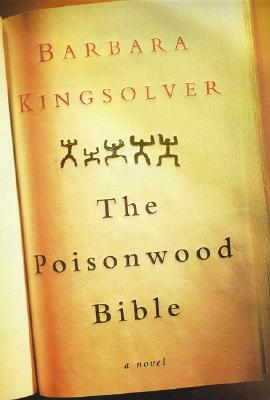While staying in McLeod, we had the opportunity to hear His Holiness The Dalai Lama give teachings at the Tibetan temple. It may be assumed that this would be a frequent occurrence since the temple stands directly in front of His Holiness’ home. However, he is a very busy man, frequently traveling to talk all over the world. In fact it seems somewhat ironic that in the time we’ve been here, he has given more teachings in the United States than in the next-door temple.
So this was a big deal. Before we could even go to the teachings, we first had to get a pass that would allow us to enter the temple grounds on the big day. And not just us foreigners; everyone had to have a pass. So the day before the teachings we found ourselves in a very long line of Tibetans and foreigners, waiting to get our passes. The wait was long, but we finally got them. We also had to buy a small AM/FM radio, as the teachings were to be given in Tibetan and translated over radio broadcast into English.
There were, I believe, three different sessions of teachings over two days. The first day had a morning and afternoon session. Because the morning session was very early and people were getting there even earlier to get a spot, we decided to wait until the morning session got out. Then when everybody was leaving to get lunch, we’d swoop in and grab a spot and wait until the afternoon session started.
We managed to get pretty good spots too: upstairs, just outside the temple and to the right. We weaved through the crowd and found a nice vacant area next to a pillar. There are no chairs, so we brought cushions to sit on, and the pillar provided back support. We were at an angle that we couldn’t see His Holiness directly, but there was a nice, flat screen monitor set up fairly close with live video of what was happening.
Thus far, everything resembled very much my own faith’s general conference meetings. So I expected it to continue as such. I was ready to get some good, inspired insight on life that would help me make myself a better person… and maybe I did. I’m still trying to make sense of it.
We tuned our radio to the English translation channel as His Holiness began to speak. After a while, he stopped, and the translation began. The teaching was on “emptiness”.
I listened to the teaching, doing my best to understand and even took notes. I’m not sure if I understood everything (in fact I’m sure I didn't), and my notes may not even be correct, but this is what I took from it:



